DIY Seating Ideas: How to Make a Pouf
Are you looking to add a touch of style and functionality to your living space? Creating a pouf can be a fantastic DIY project that not only enhances your decor but also provides extra seating or a cozy footrest. Imagine a soft, plush pouf in your favorite corner, inviting you to kick back and relax after a long day. In this article, we’ll dive into the world of poufs, exploring creative DIY seating solutions that are both stylish and practical. You’ll learn about the materials you’ll need, techniques for measuring and cutting fabric, and how to assemble and decorate your pouf to make it truly unique. So, roll up your sleeves and let’s get crafting!
When it comes to making a pouf, selecting the right materials is crucial. You want your pouf to be not just beautiful but also durable and comfortable. Start with fabric choices: consider using canvas, denim, or cotton for a sturdy base. These fabrics can withstand wear and tear while offering a variety of colors and patterns to match your decor.
Next, think about the filling. You can use polyester fiberfill, foam, or even recycled materials like old clothes or blankets for a more eco-friendly option. The filling will determine how firm or soft your pouf feels, so choose according to your preference. Finally, don’t forget about decorative elements! Adding tassels, pom-poms, or even embroidery can give your pouf that extra flair that makes it stand out in your home.
Accurate measurements and precise cutting are essential steps in making a pouf. You wouldn’t want to end up with a lopsided or too-small pouf, right? Start by measuring the space where you plan to place your pouf. Consider the height and width that would work best for your needs. Once you have your dimensions, it’s time to cut your fabric. Make sure to use a sharp pair of scissors or a rotary cutter for clean edges.
Different pouf sizes serve various purposes in your space. Standard pouf dimensions typically range from 16 to 24 inches in diameter and can be anywhere from 12 to 18 inches high. However, you can customize your pouf to fit your specific needs and style preferences. Want a larger pouf for lounging? Go for it! Need a smaller one for a footrest? You can do that too!
Here’s a quick look at some common pouf sizes and their uses:
| Size | Use |
|---|---|
| 16 inches | Footrest or small seat |
| 18 inches | Medium seat or decorative piece |
| 24 inches | Large seat or coffee table alternative |
Don’t be afraid to adjust pouf dimensions based on your personal preferences and the available space in your home. If you have a cozy nook, a smaller pouf might be perfect. Conversely, if you have a spacious living room, a larger pouf could serve as a statement piece. Take the time to find the right fit, and your pouf will be a delightful addition to your decor.
Mastering cutting techniques is vital for a polished finish. To prevent fraying, consider using a zigzag stitch on the edges of your fabric before you assemble your pouf. This simple step can save you a lot of hassle down the line. Additionally, take your time while cutting; rushing can lead to mistakes that might affect the overall look of your pouf.
Once your materials are prepared, it’s time to assemble your pouf. Lay out your fabric pieces and start by sewing or gluing them together. If you’re sewing, make sure to leave an opening for your filling. If you’re using fabric glue, follow the instructions carefully to ensure a strong bond. This step can be incredibly satisfying, as you’ll start to see your pouf take shape!
Learn about different sewing techniques suitable for pouf assembly. Hand stitching can give you more control, while machine sewing can speed up the process. Whichever method you choose, make sure your stitches are tight and even, as this will contribute to the durability of your pouf.
If sewing isn’t your preference, don’t worry! Explore alternative methods such as using fabric glue or no-sew techniques. These methods can be just as effective, allowing you to assemble your pouf quickly and easily without the need for a sewing machine.
Adding decorative elements can elevate the look of your pouf. Think about colors and patterns that will complement your existing decor. You might want to choose a bold print to make a statement or stick with neutral tones for a more understated look. The choice is yours!
Selecting the right colors and patterns can enhance your pouf's visual appeal. Consider the overall theme of your room. If your space is filled with earthy tones, perhaps a rich, textured fabric in a deep hue would work beautifully. On the other hand, if your decor is bright and playful, don’t shy away from vibrant patterns!
Explore creative ways to add embellishments like tassels, pom-poms, or embroidery to your pouf. These little details can transform a simple pouf into a unique statement piece that reflects your personality and style. Plus, they’re a fun way to showcase your creativity!
Q: Can I use old clothes to fill my pouf?
A: Absolutely! Using old clothes is a great way to recycle and create a unique filling for your pouf.
Q: Do I need a sewing machine to make a pouf?
A: No, you can hand sew or use fabric glue if you prefer not to use a sewing machine.
Q: How do I clean my pouf?
A: Check the fabric care instructions. Most poufs can be spot cleaned, and some covers may be removable and machine washable.
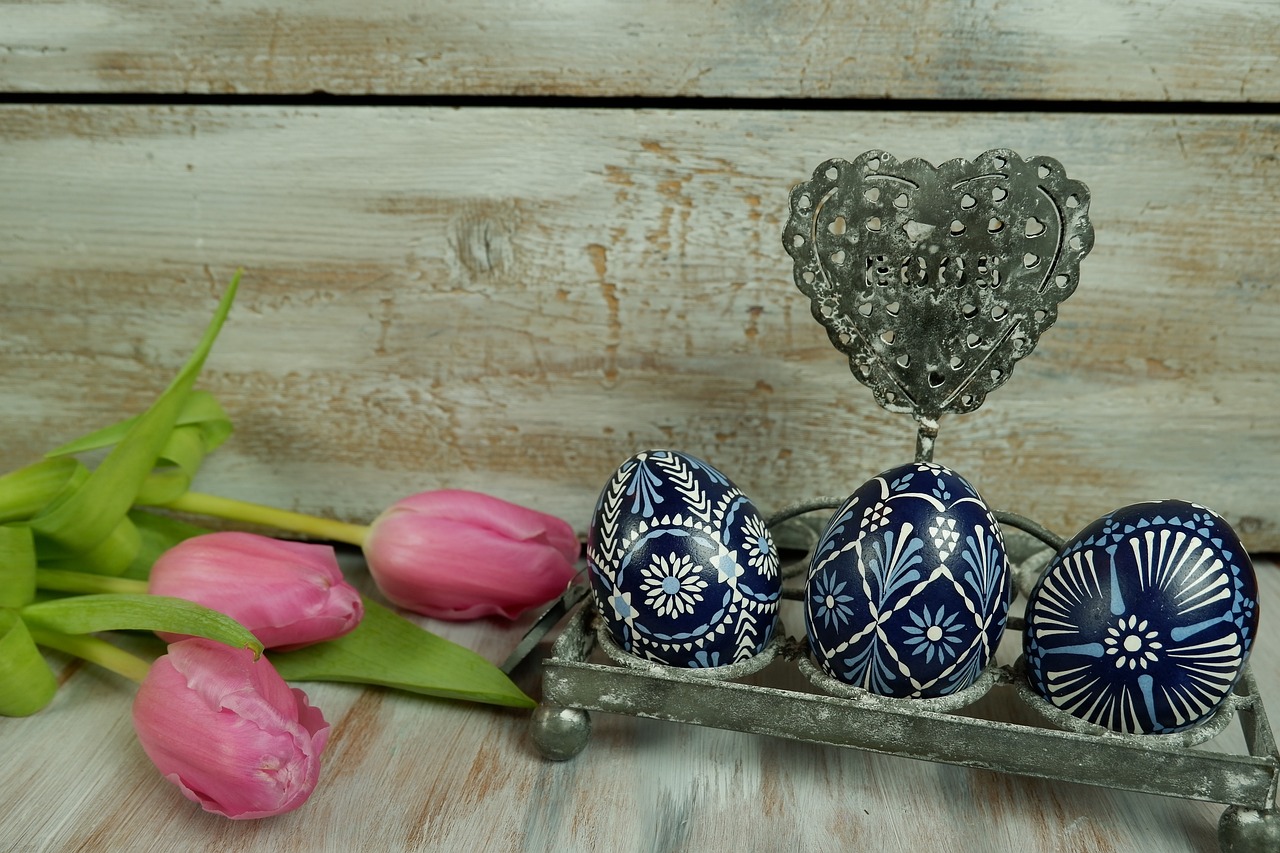
Choosing the Right Materials
When embarking on your DIY pouf project, one of the most critical steps is . The materials you select not only influence the pouf's durability but also its overall aesthetic appeal. So, what should you consider? First, think about the fabric type. There are numerous options available, each with its unique texture and look. For a cozy feel, fabrics like cotton or linen work wonderfully, while something like faux leather can add a touch of modern sophistication. Additionally, consider the usage of your pouf. Will it be a footrest, a seat for guests, or perhaps a decorative piece? This will help guide your choice in fabric; for example, if it's going to see heavy use, you might want a more durable fabric that can withstand wear and tear.
Next up is the filling material. The filling you choose will determine how comfortable your pouf is. Common options include:
- Polyester Fiberfill: Soft and lightweight, great for a plush feel.
- Foam: Offers more support, making it ideal for seating.
- Beans or Beads: These provide a unique, flexible structure but may require more frequent refilling.
Each of these options has its pros and cons, so consider what feels right for your needs. Lastly, don’t forget about decorative elements. These can range from zippers and buttons to tassels and embroidery. Adding these touches can transform a simple pouf into a stunning focal point in your living space. Remember, the key is to balance functionality with style—your pouf should not only serve its purpose but also reflect your personal taste and enhance your home’s decor.
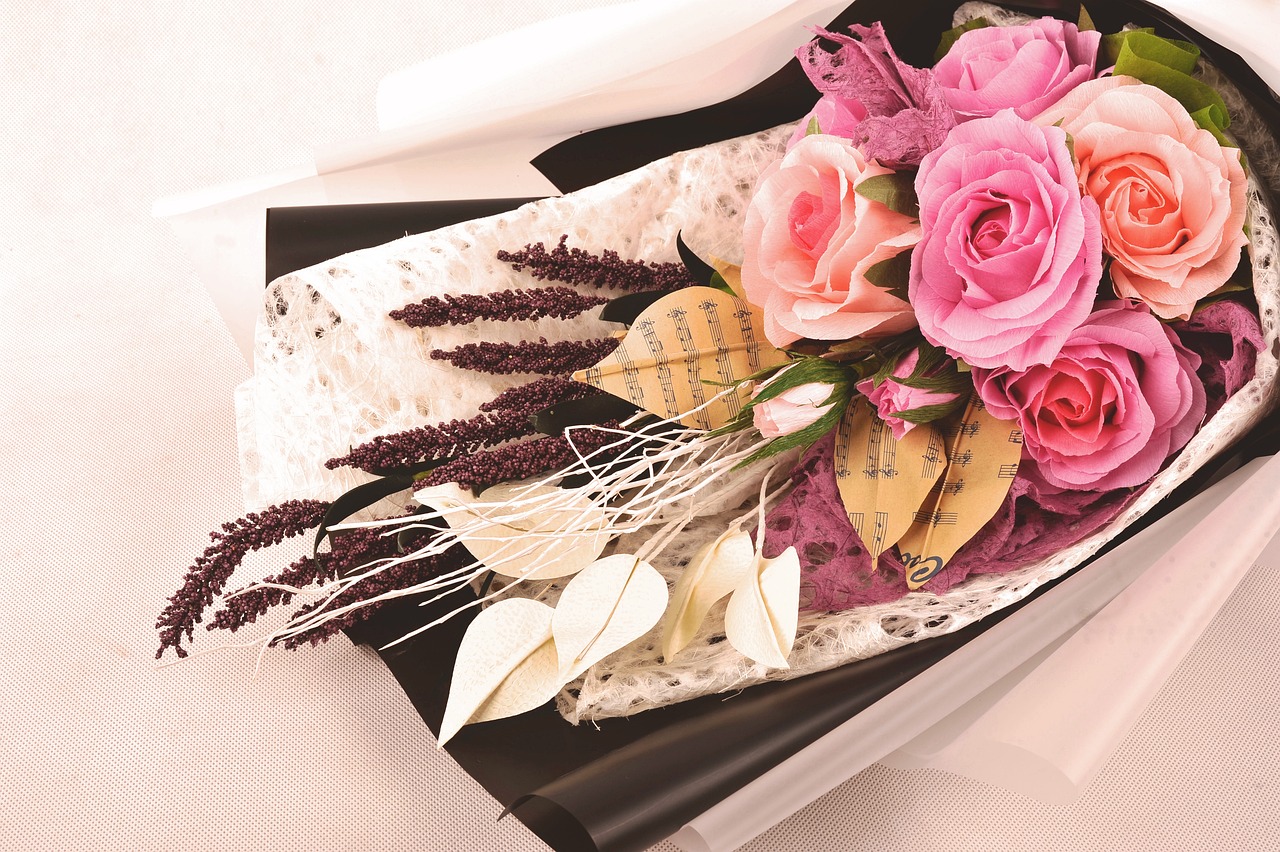
Measuring and Cutting Fabric
Getting the measurements right and cutting your fabric accurately are crucial steps in the process of making your very own pouf. Think of it like baking a cake; if you don’t measure your ingredients properly, the cake might not rise, or worse, it could taste terrible! The same goes for crafting your pouf. So, let’s dive into the nitty-gritty of measuring and cutting fabric.
First things first, you'll need to gather your materials. Grab a measuring tape, a fabric marker or chalk, and a pair of sharp fabric scissors. Having the right tools at your disposal will not only make the process smoother but will also ensure that you achieve clean, precise cuts. When measuring your fabric, consider the dimensions you want for your pouf. Standard poufs can range from 16 to 24 inches in diameter, but you can customize based on your needs. Make sure to add an extra inch or two to your measurements to allow for seams; this is known as seam allowance.
Now, let’s talk about the actual measuring process. Start by laying your fabric flat on a large surface. Use your measuring tape to determine the dimensions you need, and then mark these measurements on the fabric with your fabric marker. It’s best to double-check your measurements before making any cuts. After all, it’s much easier to fix a mistake before cutting than after! Once you’re confident in your measurements, it’s time to cut.
When cutting your fabric, use sharp scissors to ensure a clean edge. If your fabric is slippery or shifts around, consider using weights to hold it in place. As you cut, follow your marked lines carefully to avoid any jagged edges. Remember, a smooth cut will lead to a polished finish, which is exactly what you want for your pouf.
After cutting the main pieces for your pouf, you may want to create additional decorative elements or panels. This could include a contrasting fabric for a top panel or a decorative band around the sides. If you plan to add these features, be sure to measure and cut them separately, keeping in mind how they will fit together.
In summary, measuring and cutting fabric for your pouf is all about precision and preparation. Take your time, double-check your measurements, and make clean cuts to ensure that your pouf turns out beautifully. With the right approach, you'll be well on your way to creating a stunning piece of furniture that not only adds style to your living space but also provides comfort and functionality.
Q: What type of fabric is best for making a pouf?
A: Look for durable fabrics like canvas, denim, or upholstery fabric. These materials are strong enough to withstand regular use and come in a variety of colors and patterns.
Q: How do I determine the amount of fabric I need?
A: The amount of fabric required depends on the size of the pouf you want to create. Generally, you will need about 1 to 2 yards of fabric, but always check your specific pattern for exact requirements.
Q: Can I use recycled materials for my pouf?
A: Absolutely! Using old blankets, jeans, or other fabric scraps can give your pouf a unique look while being eco-friendly.
Q: What if I make a mistake while cutting?
A: Don’t panic! If you cut too much, you can always patch it up with additional fabric or create a decorative element to cover the mistake.
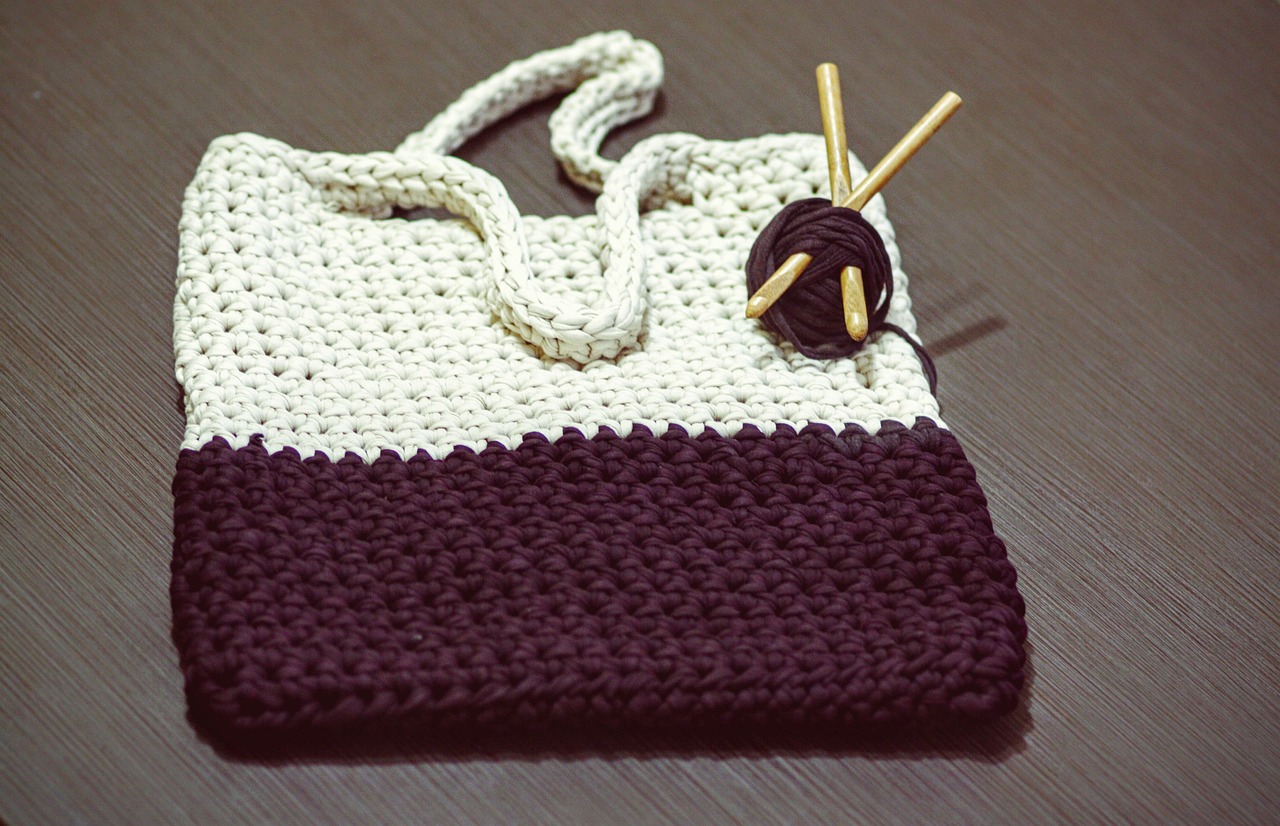
Understanding Pouf Dimensions
When it comes to creating your own pouf, understanding the dimensions is absolutely essential. The size of your pouf not only affects its functionality but also its aesthetic appeal in your living space. Imagine a pouf that’s too small to serve as a footrest or one that overwhelms your room with its sheer size. It’s all about finding that sweet spot! So, let's dive into the world of pouf dimensions and see how you can customize them to fit your needs.
First off, standard pouf sizes typically range from 16 inches to 24 inches in diameter for round poufs, while square poufs usually hover around the same dimensions. These sizes are perfect for various uses, whether you want a cozy footrest, an extra seat for guests, or even a stylish side table. But, don’t let these standard sizes box you in! Customizing your pouf can turn it into a unique piece that reflects your personal style.
To help you visualize this, here’s a quick
| Pouf Type | Standard Size (inches) | Common Uses |
|---|---|---|
| Round Pouf | 16 - 24 | Footrest, Extra Seating |
| Square Pouf | 16 - 24 | Seat, Side Table |
| Rectangular Pouf | 18 x 30 | Bench, Coffee Table |
Now, let’s talk about how you can customize these dimensions. Perhaps you have a specific nook in your living room that could use a pouf, but standard sizes just won’t fit. No worries! You can easily adjust the size by simply measuring the available space and then calculating the dimensions that would work best. For example, if you have a small corner, a pouf that is 12 inches tall and 18 inches wide might be the perfect fit. Just remember to keep the proportions in mind; a pouf that’s too short can look out of place next to a tall sofa.
Ultimately, the key to understanding pouf dimensions is to visualize how they will interact with your existing furniture and decor. Think about the functionality you want to achieve and the style you wish to convey. A pouf can be a statement piece or a subtle addition to your decor, depending on its size and design. So, take the time to measure, imagine, and create a pouf that not only fits your space but also enhances it!
- What materials are best for poufs? - Fabrics like cotton, linen, and even faux leather work well for both durability and style.
- Can I make a pouf without sewing? - Absolutely! There are no-sew methods that use fabric glue or even tying techniques to create a pouf.
- How do I clean my pouf? - Most poufs can be spot cleaned, but always check the care instructions for your specific fabric.
- What filling should I use? - Options include foam, polyester stuffing, or even natural fillings like beans or cotton, depending on the firmness you desire.

Standard Pouf Sizes
When it comes to choosing the perfect pouf for your space, understanding is essential. Poufs come in various dimensions, and the size you select can significantly impact both functionality and aesthetics in your living area. Generally, poufs can be categorized into three main sizes: small, medium, and large. Each of these sizes serves a unique purpose, whether it’s for extra seating, a footrest, or even a decorative element in your home.
Small poufs typically measure around 16 to 18 inches in diameter and are perfect for use as footrests or side tables. Their compact size makes them easy to move around, allowing you to reposition them as needed. They can also be stacked for added versatility, making them a great option for smaller spaces where every inch counts.
Medium poufs, on the other hand, usually range from 20 to 30 inches in diameter. These are fantastic for casual seating and can comfortably accommodate one person. They can also double as a coffee table, which is a practical choice for smaller living rooms or dens. Imagine curling up with a good book, resting your feet on a cozy medium pouf while sipping your favorite beverage—it’s the perfect blend of comfort and style!
Finally, large poufs generally measure over 30 inches in diameter. These hefty pieces can serve as a statement seating option, offering enough space for two or even three people, depending on the design. They can also act as a centerpiece in your living room, drawing attention and adding a splash of color or texture to your decor. If you have a spacious area, a large pouf can create a cozy nook where family and friends can gather.
To help you visualize these sizes, here’s a quick reference table:
| Pouf Size | Diameter (inches) | Common Uses |
|---|---|---|
| Small | 16 - 18 | Footrest, side table |
| Medium | 20 - 30 | Casual seating, coffee table |
| Large | 30+ | Statement seating, centerpiece |
Ultimately, the size you choose should reflect not only your personal style but also the practical needs of your space. It’s all about finding that perfect balance between form and function. So, whether you’re looking for a small pouf to tuck into a corner or a large one to anchor your living room, there’s a pouf out there that’s just right for you!
- What is the best fabric for a pouf? The best fabric depends on your lifestyle. For durability, consider canvas or upholstery fabric. For a softer feel, try velvet or cotton.
- Can I wash my pouf? It depends on the materials used. Many covers are removable and machine washable, while others may require spot cleaning.
- How do I fill my pouf? Common filling materials include foam, beans, or polyester fiberfill. Choose based on the firmness and comfort level you desire.

Customizing Your Pouf Size
When it comes to creating your own pouf, one of the most exciting aspects is the ability to customize its size to perfectly fit your space and style. Whether you envision a compact footrest to tuck away under your coffee table or a larger pouf that serves as a statement piece in your living room, the choice is entirely yours. The first step in this process is to consider where the pouf will be placed. Is it going to be a functional piece, like a footrest or extra seating, or is it more for decorative purposes? Understanding its role will help you determine the right dimensions.
To get started, grab a measuring tape and take some measurements of the area where you plan to place your pouf. Think about the height, width, and depth that would work best in that spot. For example, if you're planning to use it as a footrest, a height of around 12-18 inches is generally comfortable. On the other hand, if you want it to double as a seat, you might want to aim for 18-24 inches in height. Here’s a quick reference table to help you visualize standard pouf sizes:
| Purpose | Standard Size (inches) |
|---|---|
| Footrest | 12-18 H x 18-24 W |
| Extra Seating | 18-24 H x 24-30 W |
| Decorative Piece | 10-20 H x 20-30 W |
Once you’ve settled on your dimensions, it's time to think about how to adjust the size of your pouf to meet those specifications. You can easily modify your design by either scaling up or down the patterns you use. If you're following a tutorial, most will provide a basic template that you can enlarge or reduce according to your needs. Just remember to keep the proportions balanced; a pouf that’s too tall and narrow might not be as stable as one that’s a bit wider.
Another key factor to consider is the filling material. The type of filling you choose can influence how the pouf feels and how it holds its shape. For instance, if you want a softer, more relaxed look, opt for less filling. Conversely, if you prefer a firmer pouf that retains its structure, consider using more filling or a denser material. This customization can also affect the overall dimensions, so keep that in mind as you plan your project.
Ultimately, customizing your pouf size is all about balancing functionality with your aesthetic vision. Take your time to measure, plan, and envision how your pouf will fit into your space. With a little creativity and attention to detail, you can create a pouf that not only meets your needs but also adds a unique flair to your home.
- What materials are best for a pouf? Look for durable fabrics like canvas, denim, or upholstery fabric, and consider using foam or polyester filling for comfort.
- Can I use a pouf outdoors? Yes, but make sure to choose weather-resistant materials if you plan to place it outside.
- How do I clean my pouf? Most fabric poufs can be spot cleaned. Check the care instructions for specific cleaning methods.
- How much weight can a pouf hold? This varies based on the materials used and the construction, but a well-made pouf can typically support 200 pounds or more.
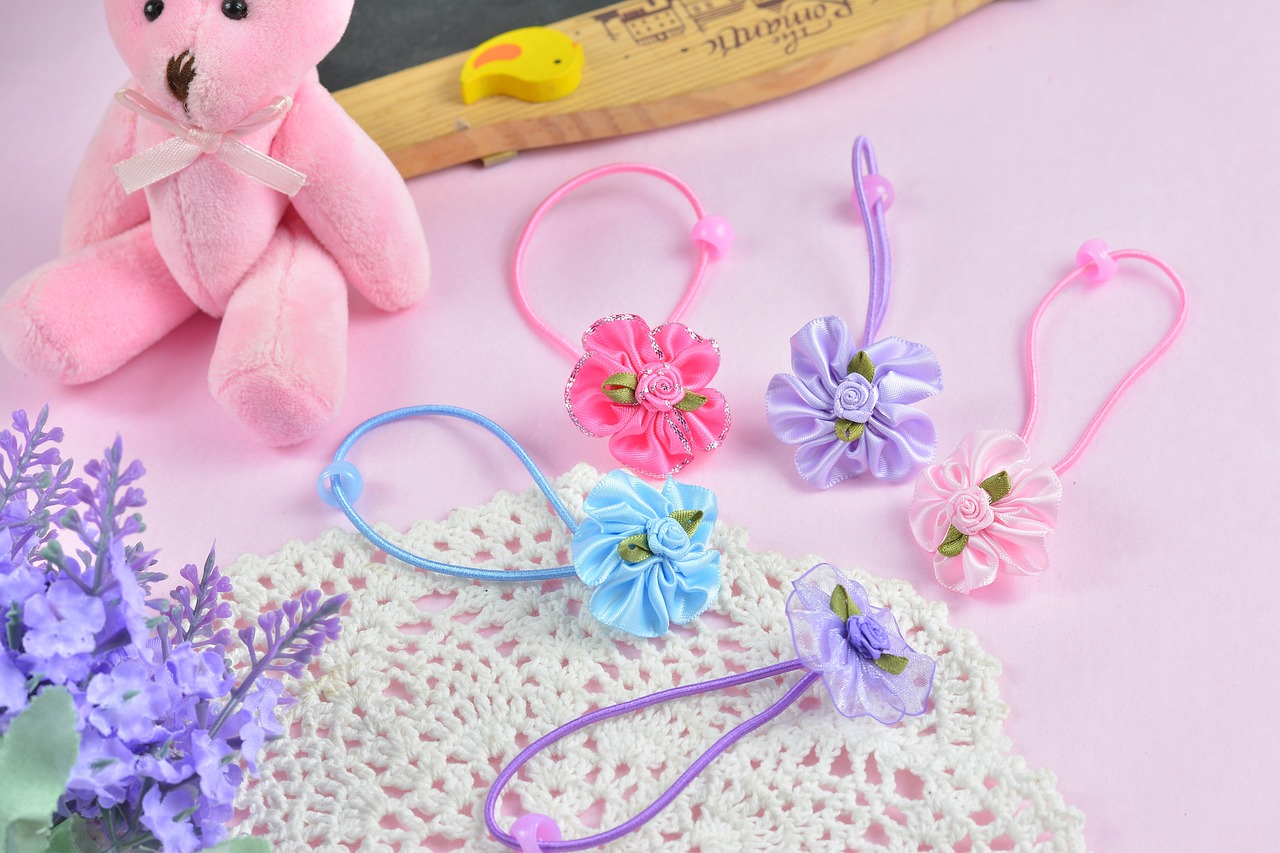
Cutting Techniques for Fabric
When it comes to creating a stunning pouf, the way you cut your fabric can make all the difference. Think of cutting techniques as the brush strokes of an artist; they shape the final masterpiece. The first step is to ensure that you have a sharp pair of fabric scissors or a rotary cutter. Dull tools can lead to jagged edges, which not only look unprofessional but can also affect the durability of your pouf. So, let’s dive into some effective cutting techniques that will help you achieve clean, precise edges.
One essential technique is the straight cut. This method is straightforward and works well for most fabrics. To achieve a straight cut, lay your fabric flat on a cutting mat, and use a ruler to guide your scissors or rotary cutter. Make sure to cut in one smooth motion to avoid fraying. If you’re working with patterned fabric, be sure to align the pattern before cutting, so your pouf looks intentional and stylish.
Another technique worth mastering is the notching technique. This is particularly useful for curved edges or when you want to create a more dynamic shape for your pouf. Notching involves making small cuts into the seam allowance of the fabric, allowing it to curve more easily without puckering. It’s like giving your pouf a little bit of breathing room, ensuring it maintains its shape beautifully.
For those who are feeling adventurous, consider the zigzag cut. This technique not only adds a decorative touch but also helps prevent fraying. Simply use pinking shears or a zigzag blade on your rotary cutter to create a series of zigzag patterns along the edges of your fabric. This method can add a unique flair to your pouf and can be particularly striking when using bold colors or patterns.
Finally, remember that preparation is key. Before you cut, always double-check your measurements. A small mistake can lead to a big problem down the line, especially if you’re aiming for a specific size. Take your time, measure twice, and cut once. This old saying rings true in the world of DIY projects!
In summary, mastering these cutting techniques will not only enhance the look of your pouf but also ensure its longevity. A well-cut fabric lays the foundation for a sturdy and attractive piece of furniture that you can be proud of. So grab your tools, get comfortable, and let your creativity flow as you prepare to assemble your stylish pouf!
- What type of fabric is best for making a pouf?
Fabrics like canvas, denim, or upholstery materials are excellent choices due to their durability and ease of cleaning.
- How do I prevent fraying on my pouf fabric?
Using pinking shears or a zigzag stitch along the edges can significantly reduce fraying. Additionally, consider applying fray check solutions to the edges.
- Can I use recycled materials to make a pouf?
Absolutely! Old blankets, clothes, or even curtains can be repurposed into a unique pouf, adding character and a personal touch to your space.
- What filling materials can I use for my pouf?
Common filling options include foam, polyester stuffing, or even old clothes and fabric scraps for a more eco-friendly approach.
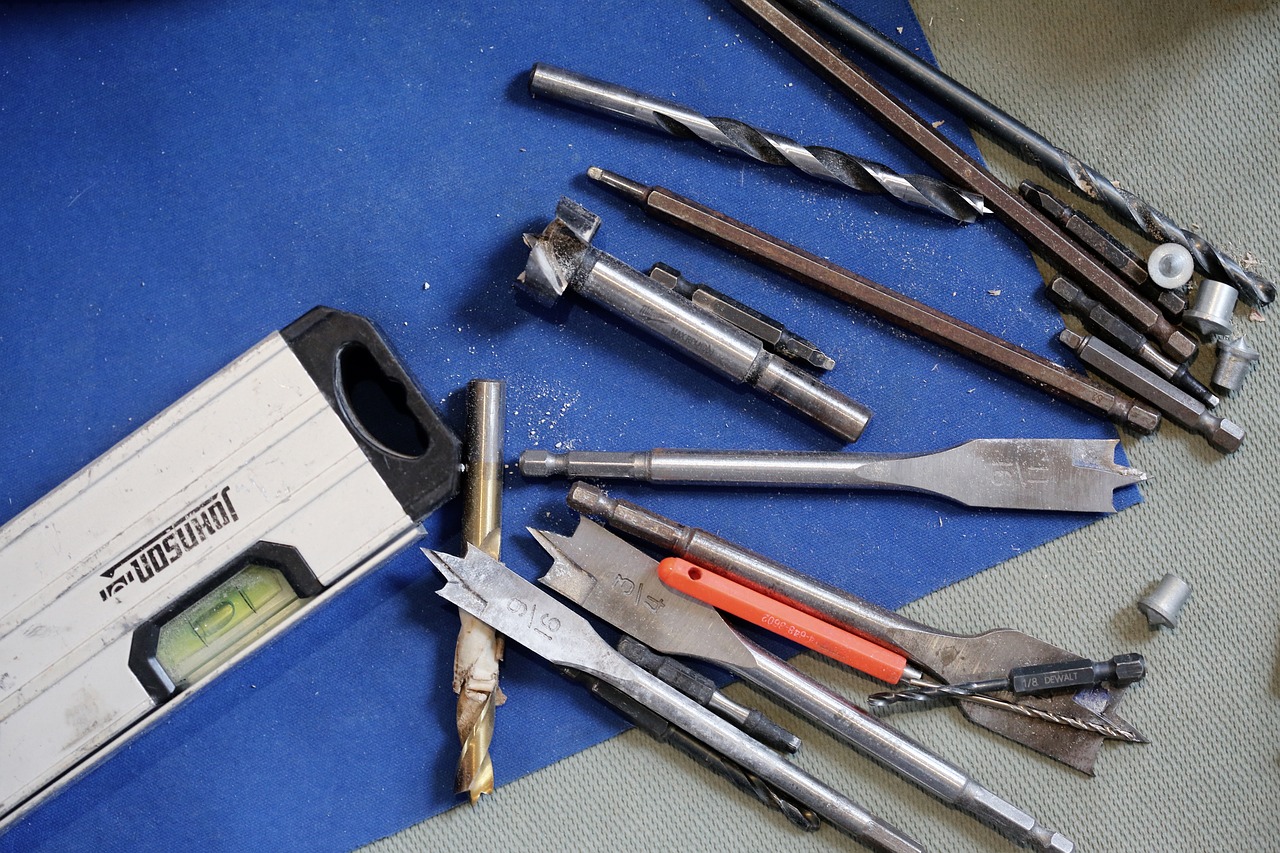
Assembling Your Pouf
Now that you have your materials ready and your fabric cut to the correct dimensions, it's time to dive into the exciting part: . This step is where your vision truly starts to take shape, and it can be a rewarding experience. Whether you’re sewing or opting for a no-sew method, the assembly process is crucial for achieving a sturdy and eye-catching pouf.
First, let’s talk about sewing techniques. If you’re comfortable with a sewing machine, this is a great opportunity to create a durable pouf that can withstand the test of time. Start by aligning your fabric pieces, ensuring that the right sides are facing each other. Pin the edges together to keep everything in place, and then sew along the edges, leaving one side open for stuffing. If you’re hand-stitching, use a running stitch or a whip stitch for a clean finish. Remember, practice makes perfect, so don’t worry if your first attempt isn’t flawless!
For those who prefer a quicker approach, there are alternative assembly methods that don’t require sewing. Fabric glue is a fantastic option for those who are less inclined to sew. Simply apply a generous amount of glue along the edges of your fabric pieces and press them together firmly. Allow the glue to dry according to the manufacturer’s instructions—this usually takes a few hours. Another popular no-sew method involves using iron-on adhesive tape, which can provide a strong bond without the need for stitching. Just place the tape between the fabric layers, apply heat with an iron, and watch as your pouf comes together effortlessly!
Once your pouf is sewn or glued together, it’s time to stuff it! You can use a variety of materials for filling, such as polyester fiberfill, old clothes, or even foam. The choice of filling will impact the pouf's firmness and overall look. If you prefer a firmer pouf, opt for foam or tightly packed fiberfill. For a softer, more cushiony feel, use loose fiberfill or fabric scraps. Make sure to stuff your pouf evenly to avoid lumps, and don't hesitate to adjust the filling until you achieve the desired comfort level.
Finally, once your pouf is fully stuffed and the open edge is secured, give it a good shake and fluff it up! This will help distribute the filling evenly and give your pouf that plush look we all love. You might want to add a few decorative touches at this stage, but we’ll delve into that in the next section.
As you embark on your pouf-making journey, you might have some questions. Here are a few frequently asked questions to help you along the way:
- What type of fabric is best for a pouf? Look for durable fabrics like canvas, denim, or upholstery fabric that can withstand wear and tear.
- Can I wash my pouf? It depends on the fabric you choose. If you use removable covers, you can easily wash them. Otherwise, spot cleaning is recommended.
- How do I maintain the shape of my pouf? Regularly fluff and redistribute the filling to keep it looking fresh and inviting.
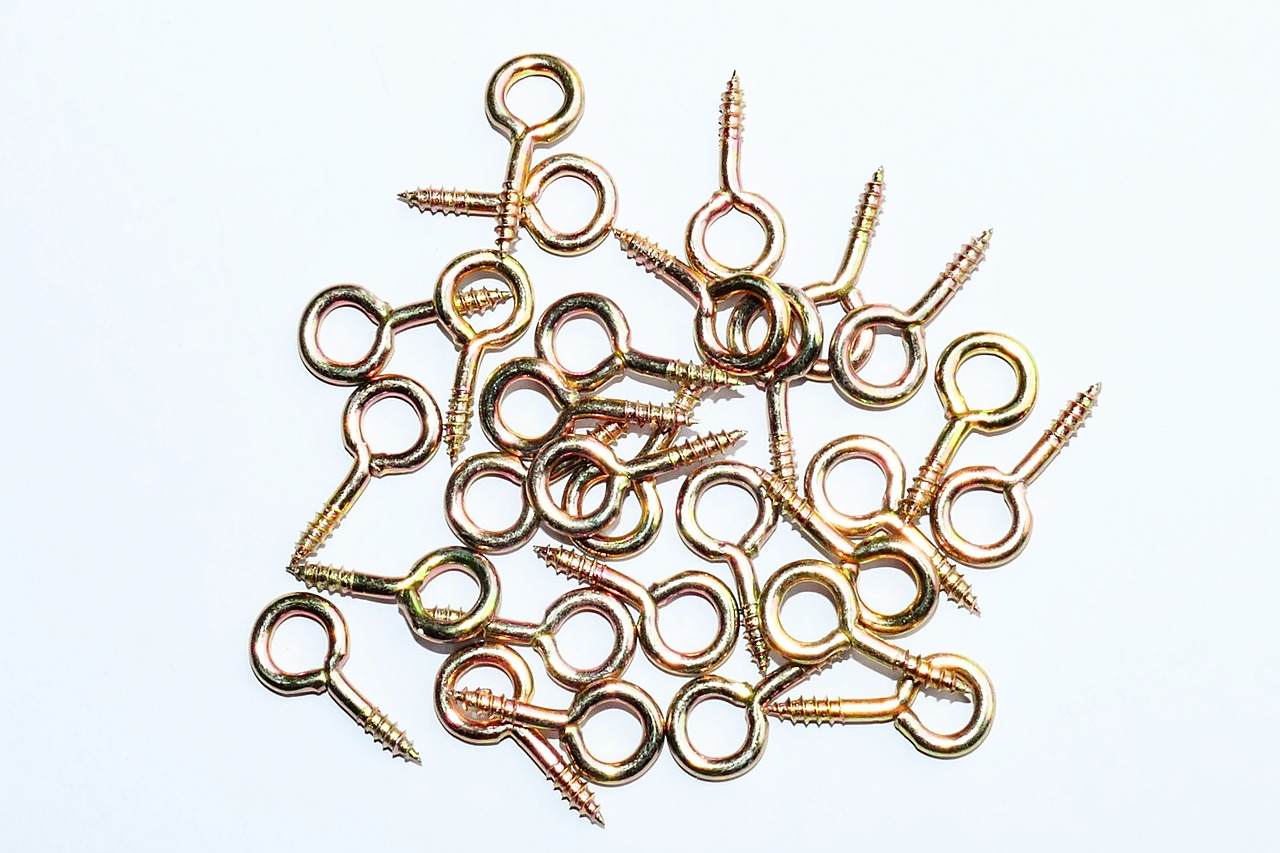
Sewing Techniques
When it comes to assembling your pouf, mastering the right can make all the difference. Whether you're a seasoned sewer or just starting out, understanding the various methods available can help you create a pouf that is not only functional but also visually appealing. Let's dive into some effective sewing techniques that will ensure your pouf stands the test of time.
First off, you have the classic hand stitching method. This technique is perfect for those who want to take their time and ensure every stitch is perfect. Hand stitching allows for great control and can be especially useful for sewing around corners and curves. It’s like painting a masterpiece; the more care you put into it, the better the outcome. However, keep in mind that this method can be time-consuming, so if you're on a tight schedule, you might want to consider using a sewing machine.
On the other hand, machine sewing is your best friend if you're looking for speed and efficiency. Most sewing machines come with a variety of stitches that can add a decorative touch to your pouf. The straight stitch is the most common and is great for basic assembly, while a zigzag stitch can help finish edges and prevent fraying. If you’re not sure how to get started with machine sewing, many online tutorials can guide you through the process. Think of it as a quick workout for your creativity—get in, get it done, and enjoy the results!
For those who may not have access to a sewing machine or prefer a no-fuss approach, alternative sewing techniques are also available. Techniques like fabric glue or no-sew methods can be a lifesaver. Fabric glue is a strong adhesive that can hold your fabric pieces together securely without the need for stitching. Simply apply the glue to the edges of your fabric and press them together. This method is perfect for those who want to create a pouf quickly and with minimal effort. Just remember to allow adequate drying time before using your pouf!
Additionally, if you’re feeling a bit adventurous, you can explore the world of appliqué or patchwork sewing techniques. These methods not only add visual interest but can also be a fun way to personalize your pouf. Imagine a cozy pouf adorned with colorful patches or intricate designs that reflect your personality. It's like giving your pouf a wardrobe makeover!
In summary, whether you choose hand stitching, machine sewing, or alternative methods, the key is to find a technique that works best for you. Each method has its advantages and can lead to a stunning final product. So grab your materials, roll up your sleeves, and let your creativity shine through as you sew your very own pouf!
- What materials do I need to sew a pouf? You will need fabric, filling material, sewing thread, and either a sewing machine or hand sewing needles.
- Can I use old clothes to make a pouf? Absolutely! Upcycling old clothes is a great way to create a unique pouf while being eco-friendly.
- How long does it take to sew a pouf? Depending on your sewing skills and the method you choose, it can take anywhere from a couple of hours to a few days.
- Is it difficult to sew a pouf? If you follow the instructions carefully and take your time, sewing a pouf can be a fun and rewarding project!
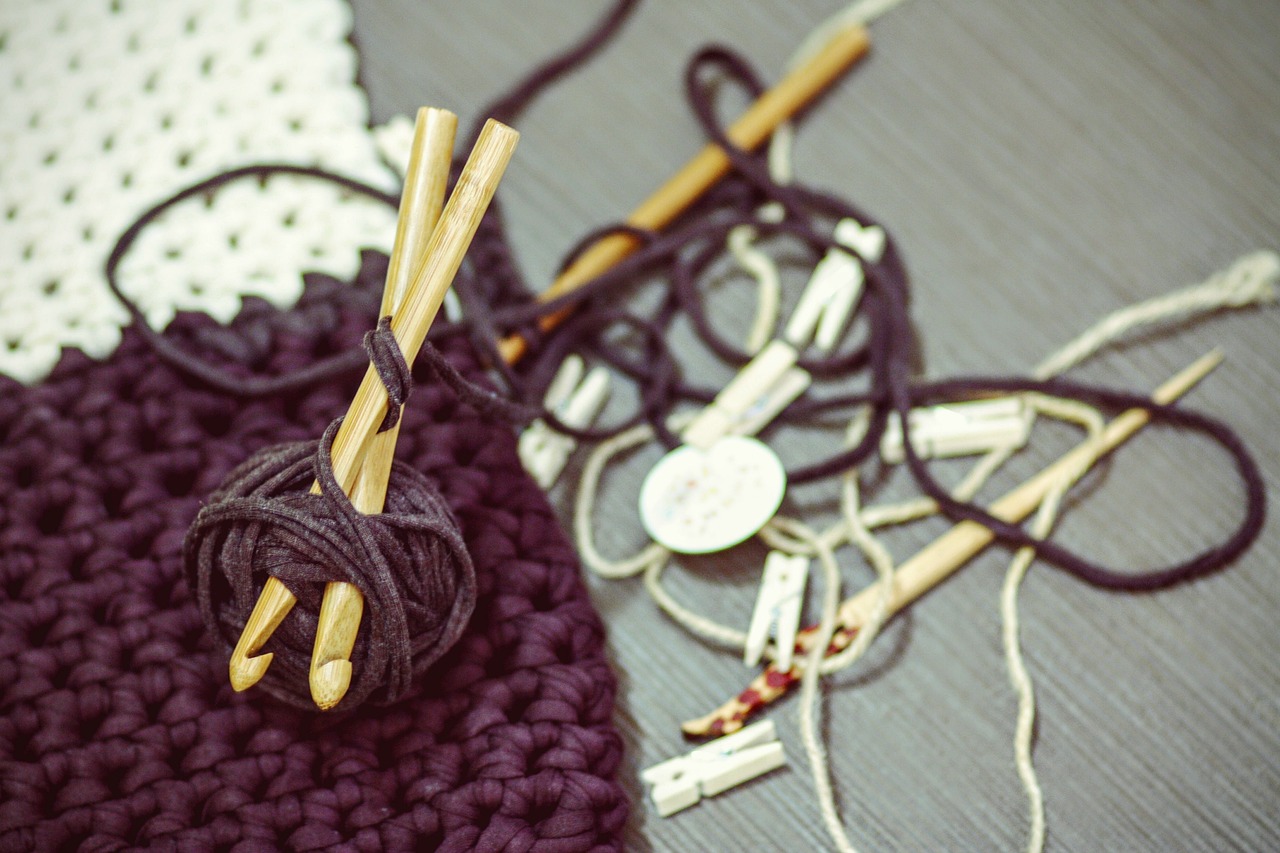
Alternative Assembly Methods
Not everyone is a sewing whiz, and that's perfectly okay! If you find yourself more comfortable with glue than with a needle and thread, there are that can help you create a stunning pouf without the fuss of traditional sewing. These methods are not only quick but also incredibly effective, allowing you to enjoy your new piece of furniture in no time.
One popular method is to use fabric glue. This type of adhesive is specially formulated to bond fabric securely, making it an excellent choice for pouf assembly. To use fabric glue, simply apply a generous amount along the edges of your fabric pieces, press them together firmly, and allow them to dry as per the manufacturer's instructions. It's essential to choose a high-quality fabric glue to ensure durability, especially if your pouf will see regular use.
If you want to skip the glue altogether, consider using no-sew techniques. These methods often involve tying, folding, or using special fabric tape that adheres without the need for sewing. For instance, you can fold the edges of your fabric inward and use a strong adhesive tape to secure them. This approach gives a clean finish without the visible stitches, making your pouf look professionally made.
Another innovative option is to use a hot glue gun. This method is particularly effective for securing embellishments or creating a more intricate design. Just be cautious with the hot glue, as it can be quite hot and may damage some fabrics if not used carefully. When using a hot glue gun, remember to work in small sections to ensure that the glue doesn’t dry before you can press the pieces together.
Here’s a quick comparison of the different assembly methods:
| Method | Pros | Cons |
|---|---|---|
| Fabric Glue | Strong bond, easy to use | Drying time required |
| No-Sew Techniques | Quick, no sewing skills needed | May not be as durable |
| Hot Glue Gun | Great for embellishments, fast | Can be messy, risk of burns |
Whichever method you choose, the key is to ensure that your pouf is assembled securely. A well-constructed pouf not only looks great but also stands the test of time, providing you with a cozy spot to rest your feet or an extra seat for guests. So, roll up your sleeves, gather your materials, and get ready to create a pouf that’s uniquely yours!
Q: Can I use regular glue for fabric projects?
A: It's best to use fabric glue specifically designed for textiles, as it provides a stronger bond and remains flexible after drying.
Q: How long does fabric glue take to dry?
A: Drying times can vary by brand, but most fabric glues take about 24 hours to cure fully. Always check the instructions on your glue for specific guidance.
Q: Are no-sew techniques durable?
A: While no-sew techniques can be sturdy, they may not hold up as well as sewn seams under heavy use. Consider your pouf's intended use when deciding on assembly methods.
Q: Can I paint my pouf after assembling it?
A: Yes! If you want to give your pouf a fresh look, you can use fabric paint or spray paint designed for textiles. Just ensure that the paint is compatible with the fabric you’ve used.
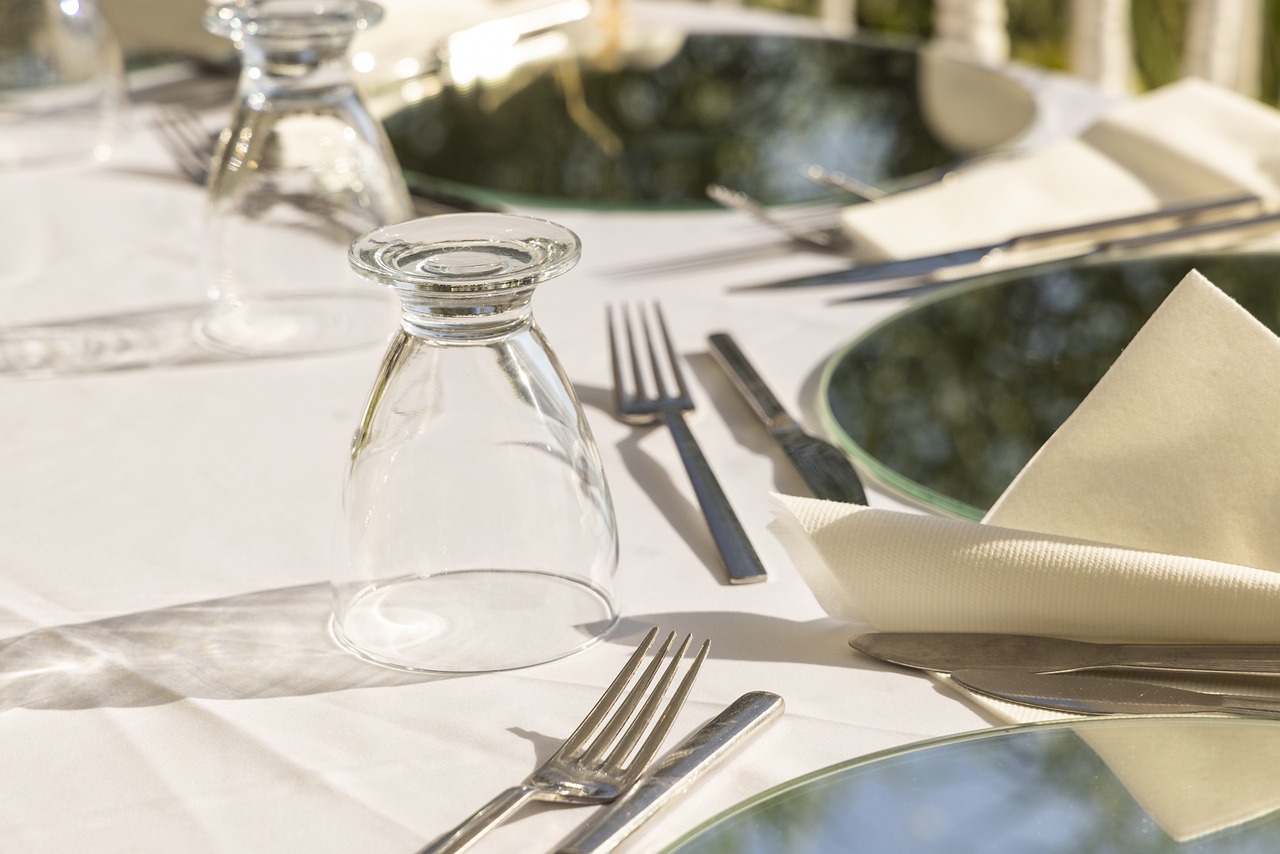
Decorating Your Pouf
When it comes to , the possibilities are as vast as your imagination! This is where you can truly let your creativity shine, transforming a simple piece of furniture into a stunning focal point in your living space. Think of your pouf as a blank canvas, just waiting for your personal touch. Whether you’re aiming for a bohemian vibe or a sleek modern look, the right colors and patterns can elevate your pouf from ordinary to extraordinary.
One of the first steps in the decorating process is choosing the right colors and patterns. You want your pouf to harmonize with your existing decor, yet stand out enough to catch the eye. Consider the color palette of your room. If your space is filled with neutral tones, a vibrant pouf can add a pop of color and energy. On the other hand, if your decor is already bold, you might opt for a more subdued pouf to balance the visual weight. Patterns can also play a crucial role; for instance, geometric designs can lend a contemporary feel, while floral prints can introduce a touch of nature and whimsy.
Once you've settled on colors and patterns, it’s time to think about embellishments. These little details can make a huge difference! Adding items like tassels, pom-poms, or even embroidery can give your pouf a unique character. Imagine a pouf adorned with colorful tassels hanging from the edges—it's not just a piece of furniture, but a conversation starter! You could also consider using fabric paint to create your own designs, allowing for a truly custom look. If you’re feeling adventurous, why not try a combination of techniques? A striped pouf with embroidered accents might just be the perfect blend of fun and sophistication.
Remember, the goal of decorating your pouf is to create a piece that reflects your personal style while enhancing the overall aesthetic of your space. So, don’t shy away from experimenting! You might find that mixing and matching different textures and embellishments leads to a design you absolutely love. After all, your home should be a reflection of you, and your pouf can be a wonderful expression of your creativity.
Here are some common questions about decorating poufs that may help you in your creative journey:
- What fabrics are best for poufs? Look for durable materials like canvas, denim, or upholstery fabric that can withstand wear and tear.
- Can I wash my pouf? It depends on the fabric. Always check the care instructions, but many poufs come with removable covers that can be machine washed.
- How do I choose the right size pouf for my space? Consider the scale of your furniture and the function of the pouf. A larger pouf can serve as a coffee table, while a smaller one can be a footrest.
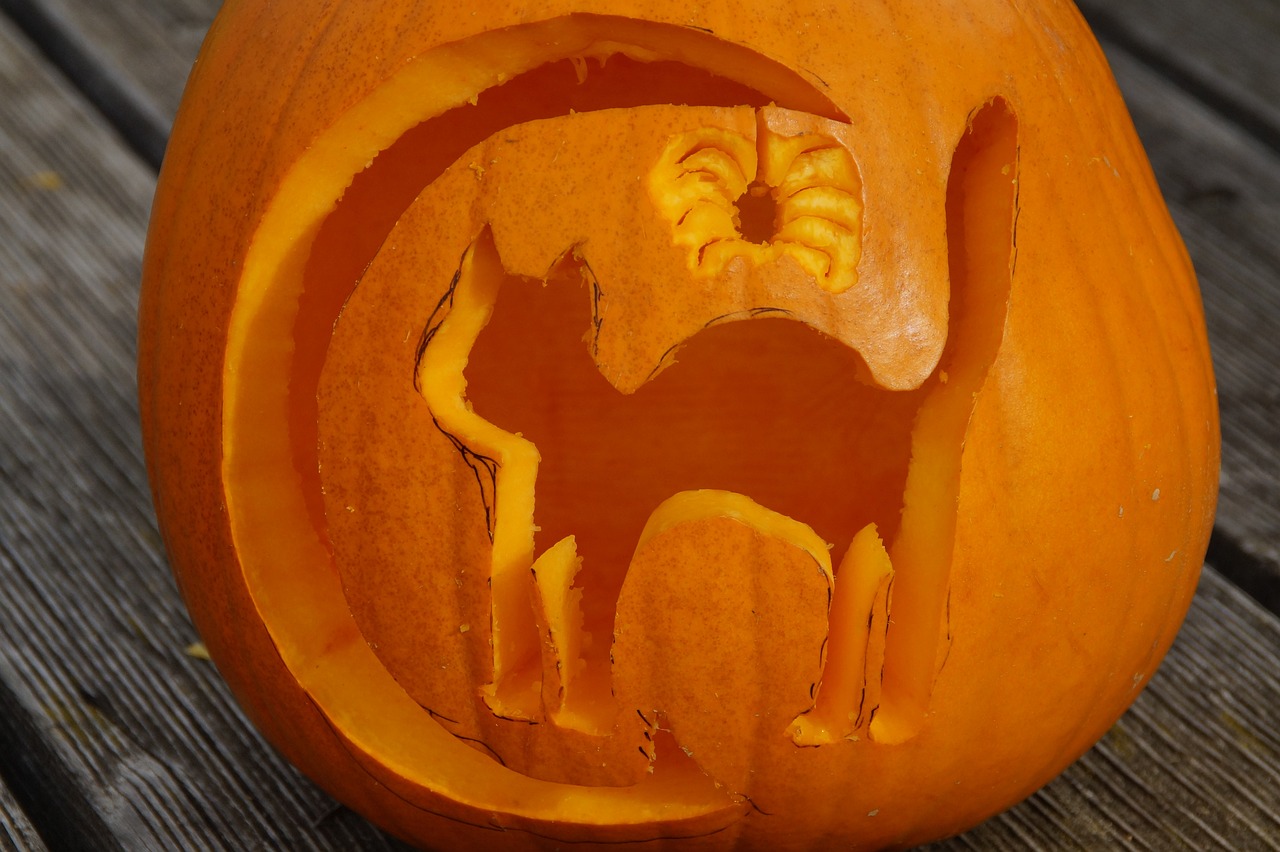
Choosing Colors and Patterns
When it comes to for your DIY pouf, the options are virtually endless, but this is where your creativity can truly shine! Think of your pouf as a blank canvas that has the potential to bring your entire living space to life. The right colors can evoke different moods and feelings, while patterns can add a touch of personality and flair. So, how do you choose wisely?
First, consider the existing color palette of your room. Is it warm and cozy with earthy tones, or is it bright and airy with cool colors? Your pouf should either complement or contrast these colors effectively. For example, if you have a neutral-toned room, a vibrant pouf in a striking color like turquoise or mustard yellow can serve as a stunning focal point. On the other hand, if your space is already colorful, a pouf in a subtle shade can help balance the overall look without overwhelming it.
Next, think about the patterns. Patterns can range from bold geometric shapes to delicate florals, and choosing the right one can make your pouf a real statement piece. For instance, if your decor leans towards the modern side, a pouf with a chevron or stripes pattern can enhance that aesthetic beautifully. If your style is more eclectic, mixing patterns—like pairing a floral pouf with striped cushions—can create a vibrant and inviting atmosphere. Just remember, when mixing patterns, it’s essential to maintain a cohesive color scheme to avoid visual chaos.
Additionally, you may want to consider the functionality of your pouf. If it's going to be used frequently, opt for darker colors or patterns that can hide stains and wear. If it's purely decorative, feel free to experiment with light colors or intricate designs that might otherwise be impractical for everyday use. You could also think about seasonal changes; perhaps a lighter, floral pattern for spring and summer, and a warmer, richer hue for fall and winter.
Finally, don’t forget about texture! The feel of the fabric can enhance the visual appeal of your pouf. Combining different textures—like a soft velvet with a woven cotton—can add depth and interest. So, whether you’re drawn to the sleekness of faux leather or the warmth of knitted fabric, let your personal style guide your choices.
In summary, choosing the right colors and patterns for your pouf is all about balancing your personal taste with the existing decor of your space. It’s an opportunity to express your style and creativity, so have fun with it! Experiment, play around, and don’t be afraid to step out of your comfort zone. After all, the best part about DIY projects is that you can always change things up if you want to!
- What is the best fabric to use for a pouf? The best fabric depends on your desired look and use. Durable fabrics like canvas or denim are great for everyday use, while softer materials like velvet or cotton can add a touch of elegance.
- Can I use leftover fabric for my pouf? Absolutely! Using leftover fabric can be a great way to save money and create a unique piece that reflects your personal style.
- How do I clean my pouf? Cleaning methods will vary based on the fabric. Always check the care label, but many poufs can be spot cleaned or have removable covers for easy washing.
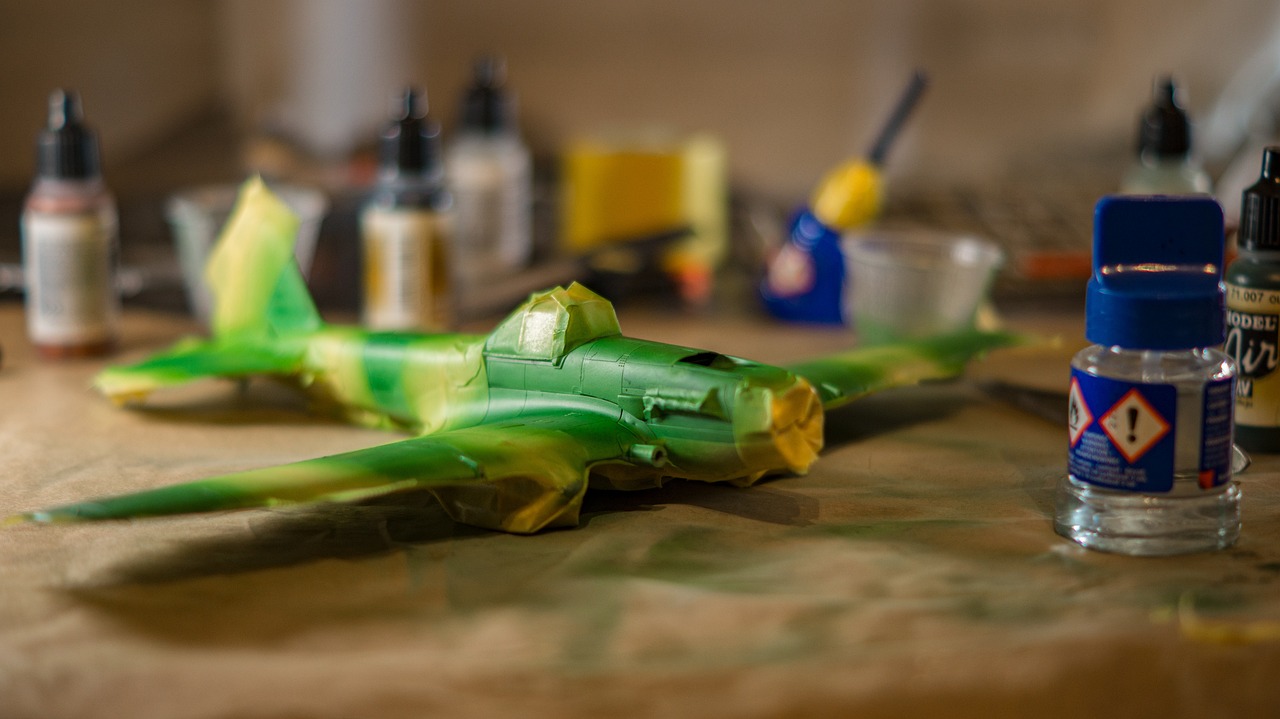
Adding Embellishments
When it comes to making your pouf truly stand out, adding embellishments is where the magic happens. Think of your pouf as a blank canvas waiting for your personal touch. Whether you want it to be a vibrant focal point in your living room or a subtle accent piece, the right embellishments can transform it into something special. So, how do you go about this? Let’s dive into some creative ideas!
First off, consider the colors and patterns you’ve chosen for your pouf. If you went with a bold fabric, adding embellishments in contrasting colors can make a striking statement. On the other hand, if your pouf features intricate patterns, you might want to stick with more subtle embellishments that enhance rather than overwhelm. For example, a pouf covered in a floral print could be beautifully complemented with soft, pastel tassels that echo the colors in the fabric.
One popular way to embellish your pouf is by adding tassels. These playful additions can be attached to the corners or edges, giving your pouf a fun, bohemian flair. You can create tassels from the same fabric as your pouf or choose a contrasting fabric to add a pop of color. If you’re feeling adventurous, try mixing different materials, like yarn or ribbon, for a unique look.
Another great option is to incorporate pom-poms. These fluffy little balls can be sewn onto the pouf or used to create a fringe along the bottom. Imagine a cozy pouf with a row of colorful pom-poms dancing along its base—how inviting does that sound? Plus, they are incredibly easy to make or buy, making them a fantastic choice for DIY enthusiasts.
If you’re looking for something a bit more sophisticated, consider adding embroidery. This could be as simple as stitching your initials or a meaningful symbol onto the pouf, or as intricate as creating a floral design that wraps around it. Embroidery not only enhances the aesthetic but also adds a personal touch that makes your pouf feel uniquely yours.
For those who want to take it a step further, you might even experiment with fabric paint. This allows you to create custom designs or patterns directly on the fabric of your pouf. From geometric shapes to whimsical doodles, the possibilities are endless! Just remember to use fabric paint that is durable and washable to keep your pouf looking fresh.
In summary, embellishing your pouf is all about expressing your style and making a statement. Whether you opt for tassels, pom-poms, embroidery, or fabric paint, the key is to let your creativity shine. Don’t be afraid to mix and match these ideas to create a pouf that is not only functional but also a stunning centerpiece in your home. Now, go ahead and give your pouf the personality it deserves!
- What materials are best for pouf embellishments? Soft fabrics like cotton or felt work well for tassels and pom-poms, while embroidery can be done on almost any fabric.
- Can I use store-bought embellishments? Absolutely! There are many beautiful pre-made tassels, pom-poms, and patches available that can save you time and add flair to your pouf.
- How do I care for my embellished pouf? It’s best to spot clean your pouf. If it has removable covers, check the care instructions for washing. Always ensure that embellishments are securely attached to prevent damage.
Frequently Asked Questions
- What materials do I need to make a pouf?
To create a pouf, you'll need durable fabric for the outer covering, filling material such as foam, beans, or cotton, and sewing supplies like thread and scissors. Optional decorative elements like tassels or embroidery can add a personal touch!
- How do I measure and cut the fabric for my pouf?
First, decide on the pouf size you want. Use a measuring tape to get accurate dimensions, then mark your fabric accordingly. A rotary cutter or sharp scissors will help you achieve clean edges. Remember, precision is key!
- Can I customize the size of my pouf?
Absolutely! You can tailor the dimensions of your pouf to fit your space and style. Whether you want a small footrest or a larger seating option, just adjust the measurements accordingly!
- What are the best sewing techniques for pouf assembly?
Hand stitching and machine sewing are both great options. For a sturdy finish, consider using a straight stitch or a zig-zag stitch to prevent fraying. If you're new to sewing, don't worry—there are plenty of tutorials available!
- Are there no-sew options for making a pouf?
Yes! If sewing isn't your thing, you can use fabric glue or no-sew techniques. Just make sure to follow the instructions carefully for the best results. It’s a quick and easy way to assemble your pouf!
- How can I decorate my pouf?
There are endless possibilities! Choose colors and patterns that complement your decor, and consider adding embellishments like pom-poms or embroidery for a unique touch. Your pouf can truly reflect your personal style!
- What are the standard sizes for poufs?
Standard pouf sizes vary, but common dimensions include 16x16 inches for small footrests and 24x24 inches for larger seating options. Think about how you plan to use your pouf to choose the right size!



















